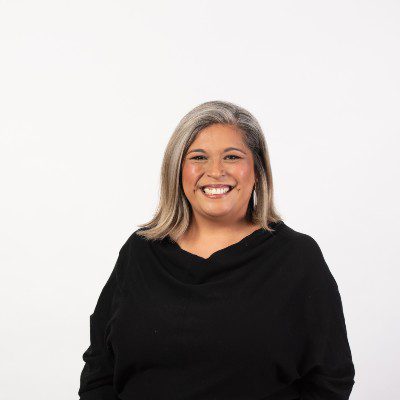Salesforce to tie executive pay to ESG goals
Will this be enough?
Why You Should Care
Employees want to work at diverse and inclusive companies.
As part of its commitment to do better, Salesforce has tied executive pay to its diversity goals.
Discover why Salesforce is implementing this policy.
Diversity, equity and inclusion (D,E&I) has rocketed up the agenda in the pandemic. Employees are demanding that their organizations do better in this space, otherwise they would might vote with their feet in the ‘Great Resignation’.
In this context – and one where tech companies, in particular, have been lagging other sectors around D,E&I success – Salesforce has decided to link executive compensation to environmental, social, and governance (ESG) goals, which includes D,E&I around hiring, retention, and promotions.
This move will apply to all those at executive vice-president level or higher, and it brings Salesforce in line with the likes of Microsoft and Intel.
“This is an important step for us to build greater accountability, lead with our values, and accelerate our ESG initiatives,” wrote newly appointed chief equality officer Lori Castillo Martinez.
Business Insider reported that Salesforce is clear that either the company achieves its goals or not – there is no middle ground on D,E&I success.
A focus on D,E&I hiring and experience
Martinez announced that Salesforce has met its goal of having 50% of US employees from under-represented groups a year early – the initial goal was for 2023.
Now it is focused on doubling US representation of Black leaders at the vice-president level or higher, as well as an increase its representation of leaders from under-represented groups – which Salesforce defines as those who identify as Black, Latinx, Indigenous or multi-racial – by next year.
Although Salesforce has made progress to improve its diversity and inclusion, its workplace has been called out numerous times for ‘microaggressions’ and allegations of not living up to the PR hype around D,E&I.
So how could Salesforce’s new commitment help improve the world of work at Salesforce?

Lori Castillo Martinez, chief equality office at Salesforce.
Martinez’s blog talks about Salesforce’s focus on hiring processes.
“Over the last few years, we’ve been deeply focused on re-imagining our hiring systems with equality at the center.” A major success has been that Black representation in hiring has increased more than two-fold since the launch in 2020.
Salesforce has also introduced “a new Hiring Certification requirement, which includes bias training and enabled inclusive hiring practices, for managers and recruiters. The goal is to reduce bias in the hiring process and open up access to underrepresented talent,” explained Martinez.
She continued: “We know that representation does not hinge on hiring alone — we must focus on experience.”
“We continue to see higher attrition trends for underrepresented minorities as well as experience gaps in our employee survey data, particularly for Black women.
“This year we’re expanding and introducing new equity-focused strategies to shift experience and drive retention.”
Examples of new strategies Salesforce is implementing include continuing to focus on Black women’s experience in the workplace, including around the microaggression allegations it has faced in the past, as well as equality mentorship programs.
Martinez also spoke about Salesforce’s new gender-inclusive benefits, which UNLEASH covered in early December. These include reimbursement for gender affirmation medical procedures and treatments, four weeks paid leave for employees who need time to recover after procedures, and up to $1,000 to help employees navigate legally changing their gender.
She concluded the blog by saying: “We are not alone in this work — we are working together with our partners, our customers, our ecosystem, our industry, and our greater communities to drive equality for everyone.
“We continue to look for ways to use our platforms to elevate underrepresented and underheard voices and have conversations about the work we can all do to drive change.”
The work around diversity and inclusion is far from over for Salesforce, and other businesses. Only time will tell if employers can keep up with the demands of their workforce.
Sign up to the UNLEASH Newsletter
Get the Editor’s picks of the week delivered straight to your inbox!

Chief Reporter
Allie is an award-winning business journalist and can be reached at alexandra@unleash.ai.
